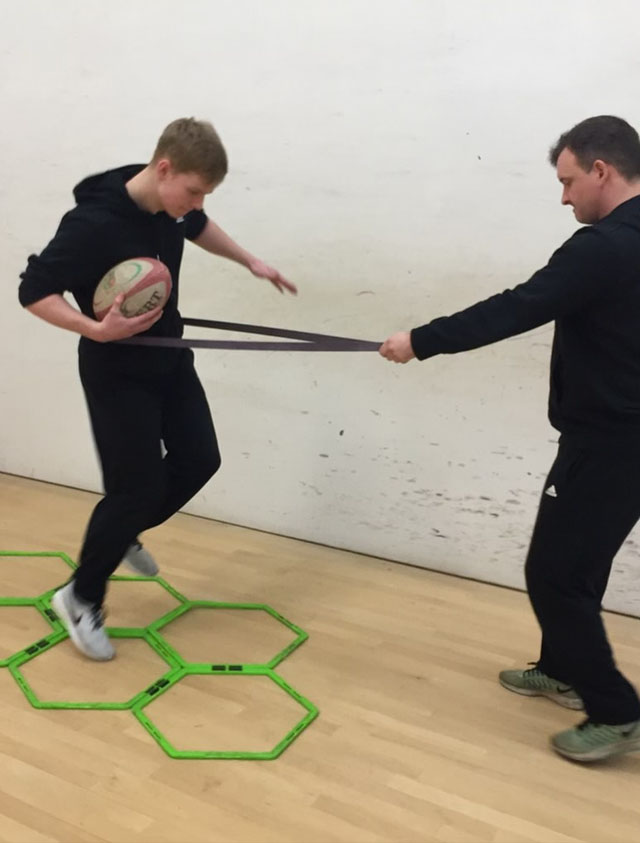Decoding the Link Between Heavy Squats and Sprinting
If you’re aiming to improve your sprinting speed and wondering if heavy squats are the answer, the relationship is more complex than a straightforward yes or no. The key lies in understanding the nuances of strength training and its impact on sprinting.
Understanding Relative Strength
Research consistently shows that faster sprinters tend to be stronger. However, it’s not just about absolute strength; relative strength, or strength in proportion to body weight, is a critical factor in determining speed (1, 2, 3, 4). It’s important to note that many of these studies examine athletes who are already strong, without specific strength training interventions.
The Potential Downside of Heavy Squatting
While squats can increase strength, they may also lead to muscle hypertrophy, adding weight that isn’t beneficial in terms of relative strength. This is where the strategy for increasing sprint speed becomes more nuanced.
Plyometrics and Sprinting as Key Training Components
Athletes often engage in plyometrics, such as hopping and bounding, which train the nervous system for faster ground contact time. These exercises, along with focusing on sprinting technique, can be more beneficial for improving speed. Sprinting is a skill, and maximising force production in a horizontal plane requires proper technique and practice.
Training Techniques at MFT Bootcamps
At MFT Bootcamps, we use exercises like knee boxing to help clients develop speed. This exercise focuses on driving through the opposite leg to create more power. Coupled with hopping drills, these exercises can significantly enhance sprint performance.
A More Effective Approach to Sprinting Speed
Endlessly squatting may not be the most efficient way to improve sprinting speed. Instead, focus on plyometric training, improving sprinting technique, and potentially reducing weight to increase relative strength.
Stay Informed and Train Smart
Our approach at MFT is to provide training methods backed by research and tailored to specific athletic goals. Understanding the relationship between strength training and sprinting will help you train more effectively for speed.
Key References:
McBride JM et al. “Relationship between maximal squat strength and sprint times.”
Hrysomallis C. “Effectiveness of resistance movement training on sprinting and jumping.”
Requena B et al. “Relationship between traditional and ballistic squat exercise with vertical jumping and sprinting.”
Comfort P et al. “Comparison of maximal squat strength and sprint times in athletes and trained men.”
Join us at MFT for targeted training that enhances your sprinting abilities while considering the nuances of strength and speed development.





